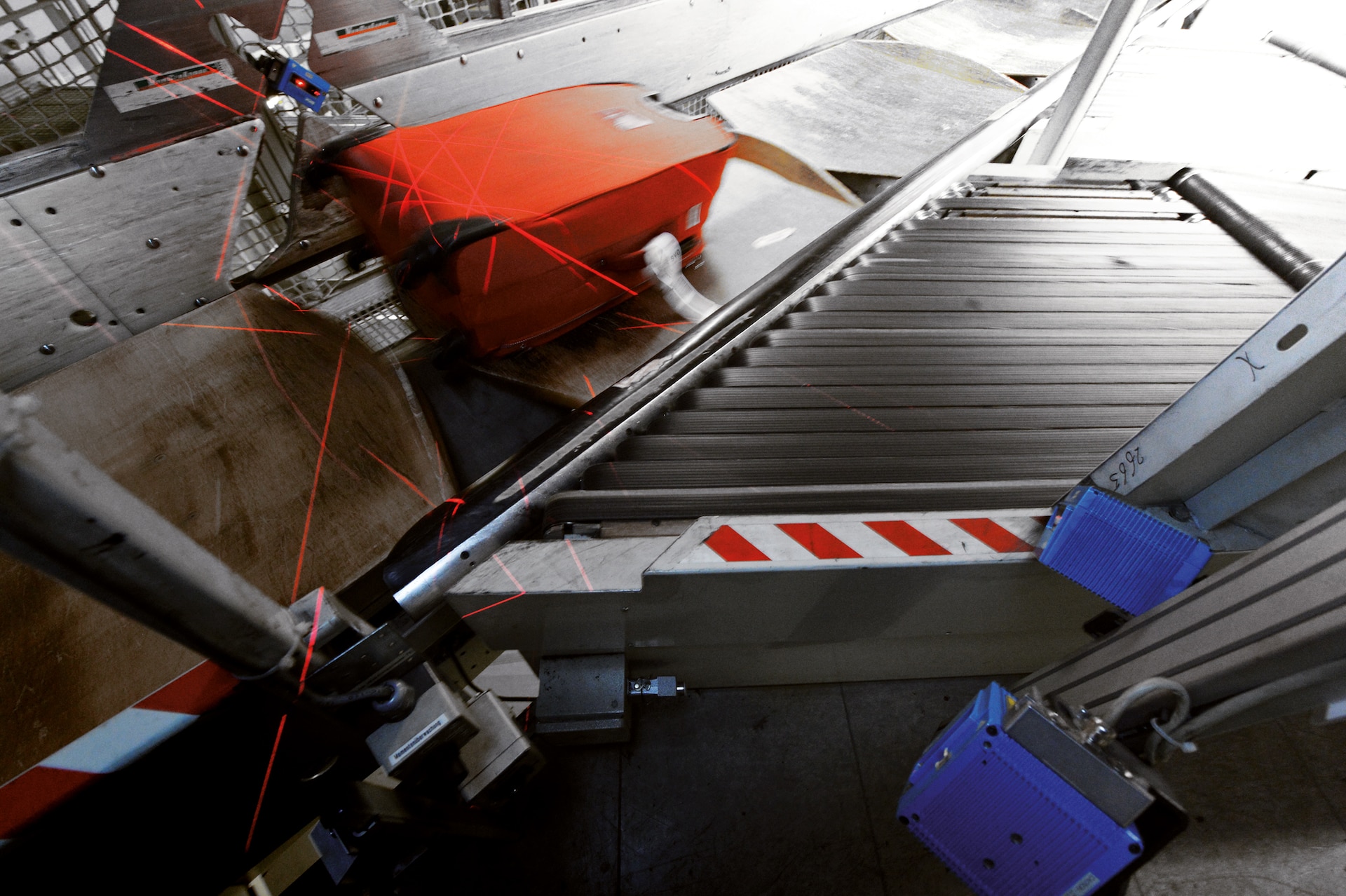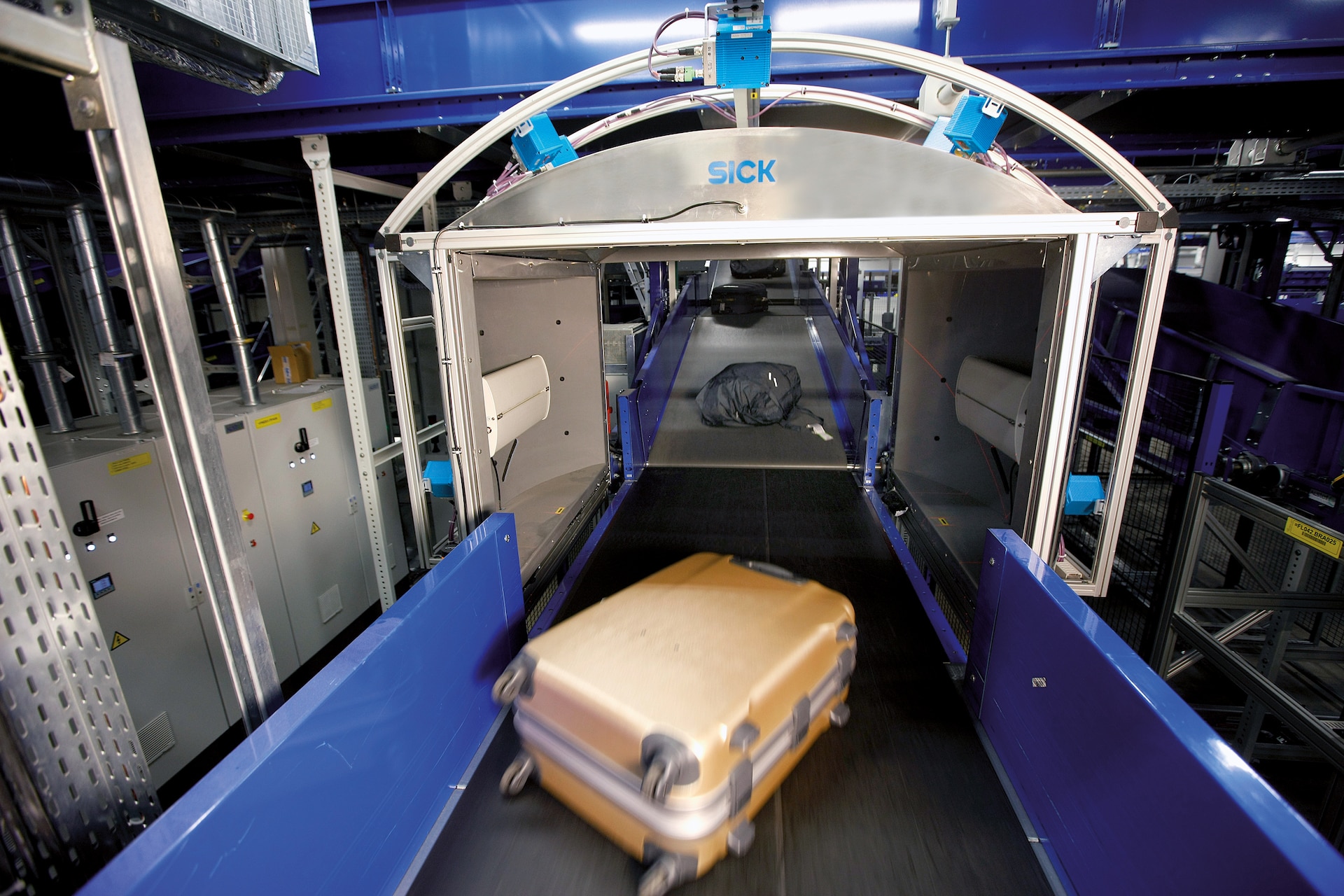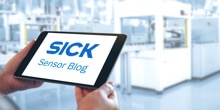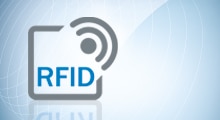Delayed, damaged or lost baggage is more than just a nuisance. It reduces customer satisfaction and constantly generates costs. The IATA Resolution 753, which will soon come into force, is to change all this – with the ambitious aim of an accurate inventory of baggage by monitoring the acquisition and delivery of baggage. In this context, you need to be able to rely on experienced partners. With laser, camera, and RFID technology, SICK is able to offer all three possible technologies for baggage tracking as well as providing support from a single source. This enables solutions with extremely long life cycles.
There are always goodbyes at the beginning of every journey. But to make sure that passengers are safely reunited with their bags after the journey, SICK supports the process with its extensive baggage-tracking expertise. The leading manufacturer of intelligent sensor solutions for reading bag tags enables the continuous tracking of a bag from A to B – from the beginning of a journey to the final destination. From receipt of the bag by the airline right up to the point at which it is claimed by the passenger. In principle, SICK is therefore in a position to offer a perfect baggage relay. And not a relay through a dark tunnel – this is a relay in a sun-drenched stadium visible to everyone. Transparent, efficient, and fast. The benefit is obvious: Performance enhancement for end-to-end baggage transportation.

Hand in hand with the customer. SICK is helping airlines and airport operators to close the gaps. This cuts costs and increases customer satisfaction. And this was ultimately the intention of the IATA's Resolution 753. The guidelines for the continuous tracking of a bag right from the bag drop until it is reclaimed by the passenger come into effect from mid 2018. This aim can be achieved with the help of expert advice and intelligent sensors. In doing so, it is crucial that SICK pays particular attention to forward-thinking baggage identification concepts and is able to offer the right answers and solutions. The different requirements presented by airports and airlines in terms of the use of different technologies also mean that solutions need to be adapted locally. The experts therefore carefully consider what is best for the respective customer – for a sustainable, long-term solution. At SICK, long-term thinking also means that existing systems are retrofitted and upgraded when necessary and therefore run smoothly for a long period of time.

Not missing the connection – this is just as important for baggage as it is for any other player in the aviation industry. And those who react in good time always stay one step ahead. SICK's range of products for track and trace is highly developed and can also be integrated into existing systems. RFID, laser, and camera technology all correspond to the state of the art and are used individually or combined in hybrid solutions on the sometimes long baggage journey. This begins with the simple hand-held scanners at the bag drop and extends to complex reading stations in the sorting process which ensure a high throughput and accurate sorting, right up to the reading gate at arrivals – and ultimately the final destination.



